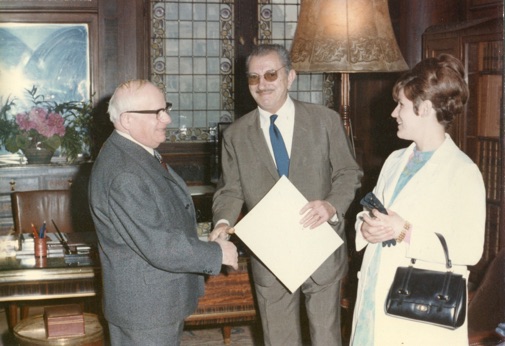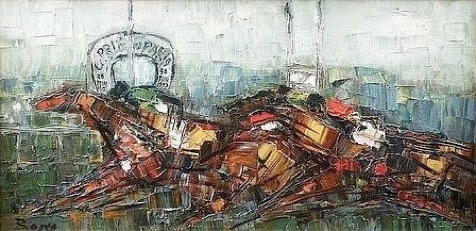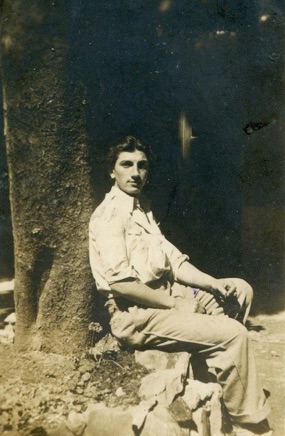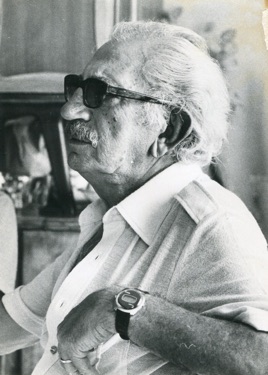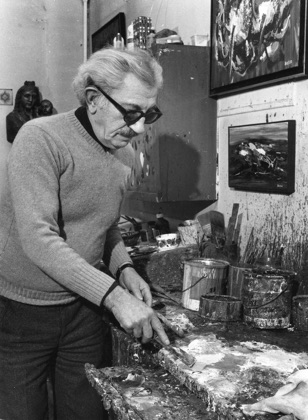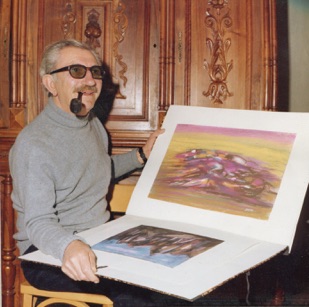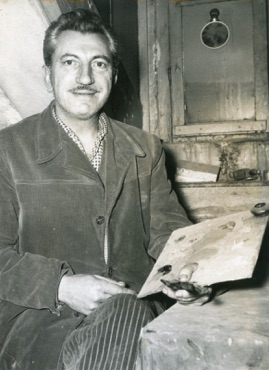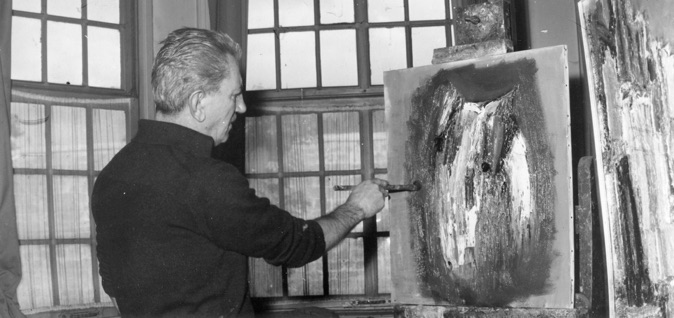The exhibition at the Matarasso Gallery in Nice attests to his success in Paris. In 1958 more shows are organized in Clermont-Ferrand, Strasbourg and La Baule in the famous casino. This new fame comes with increasing demand from Alex Maguy to produce more paintings that are best sellers. These demands are not quite in line with his personal aspirations and style. As a result, Bosco decides to limit his production and, in 1959, the 15-year contract is terminated.
That same year, the Marquis de Langle, an art collector, organizes an exhibition at the Galerie Di Meo in Paris, gathering writers, diplomats and high-ranking officers. On this occasion Bosco meets his Royal Highness the Prince of Greece and the Duke of Broglie. In 1960, the artist marries Madeleine Poire and both travel to New York for their honeymoon and to attend a major exhibition at the Norval Gallery where all his usual collectors have gathered for the occasion. The New York Herald Tribune praises the event. Thanks to this success the painter extends his honeymoon in the Northeastern United States. After his return from the US, from January 28 to February 16, 1961, the Athénée museum in Geneva devotes a major exhibition to him. This is also the year that his first son Pierre Luca was born.
Private collectors are eager to acquire his paintings, including Joseph H. Hirshhorn, a wealthy American industrialist and art collector. Bosco’s paintings are also found in the private collection of celebrities such as Kirk Douglas – who acquired seven paintings (among them an Harlequin and a Regatta), Robert Mitchum, Jack Palance, Lord Beaverbrook (Sir Winston Churchill’s friend and confident), former French President Georges Pompidou, as well as singers and sportsmen.
In 1959 Bosco meets Yves Thomas, owner of the gallery La Belle Gabrielle, located close to the Place du Tertre in Montmartre, with whom he would immediately befriends. A tacit agreement between the two men will seal their collaboration for 30 years during which Bosco is committed to deliver four paintings per month illustrating popular themes such as cathedrals, cockfights, cyclists and horse races.
Far from mainstream trends, Bosco prepares a major solo exhibition in 1963 that is a great success. On this occasion several newspapers such as Le Figaro, Libération, l’Humanité and Paris-Presse publish laudatory articles. In the literary magazine Carrefour, the author states: "The savage art of Bosco bear its rudeness and its mystery. It is an art of pure expression that is not made to please, of course, but whose sincerity cannot do anything but capture your attention ».
Similarly, in Les Lettres Françaises literary magazine, it is written that "Bosco's paintings are filled with a mysterious atmosphere, a tragic expressionism”. This year also marks the birth of his second son, Marc Antoine.
In 1964 he exhibits at the Max Bodner gallery in New York; his paintings are presented among those of Marie Laurencin, Picasso, Signac, Pissarro, Renoir and Rouault. From At the end of April, he exhibits at the Galerie du Carlton in Cannes. The following year, he presents forty recent works at the Wamper Gallery in Cologne (Germany). In April 1967 Bosco is awarded the Silver Medal of the City of Paris and in June he is made Chevalier de l’Ordre des Arts et Lettres (a distinguished award from the French Ministry of Culture). Stéphane, his third son, was born that year. The end of the decade is marked by European exhibitions at the Gallery Il Tibbio in Trieste (Italy) and at the Corner Gallery in London. In 1971 he holds a major exhibition at the gallery La Belle Gabrielle.




